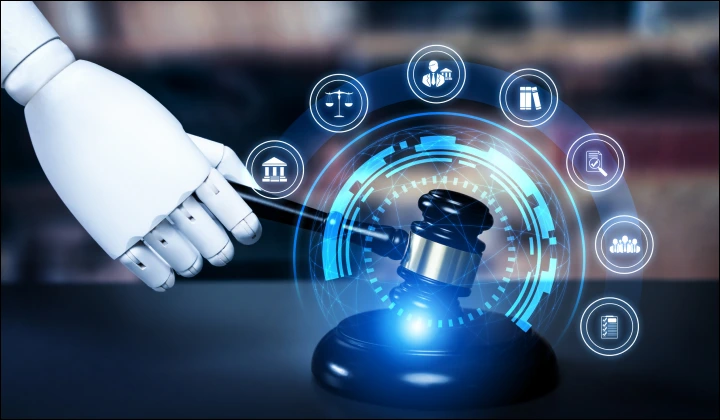If you’re exploring RAG as a Service, you’re likely past the stage of experimenting with GenAI.
You already know that general-purpose models fall short when it comes to internal knowledge, and you’re looking for something smarter, reliable, secure, and built around your data.
That’s exactly what Retrieval-Augmented Generation (RAG) offers. However, RAG is only as good as the way it’s built.
Many teams struggle with low-quality search, weak relevance, or poor adoption after launch, not because the idea is flawed, but because the execution is.
So, in this post, let’s break down what great RAG as a Service should look like and why Azilen is built to deliver it right.



 20 mins
20 mins











 Talk to Our
Consultants
Talk to Our
Consultants Chat with
Our Experts
Chat with
Our Experts Write us
an Email
Write us
an Email





